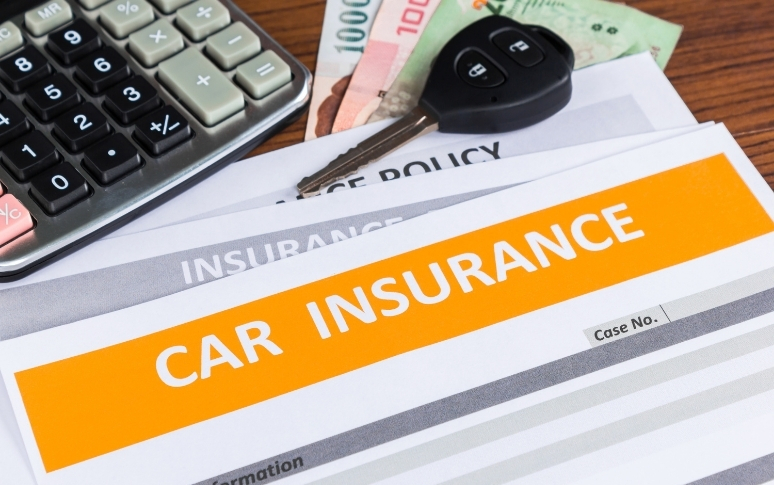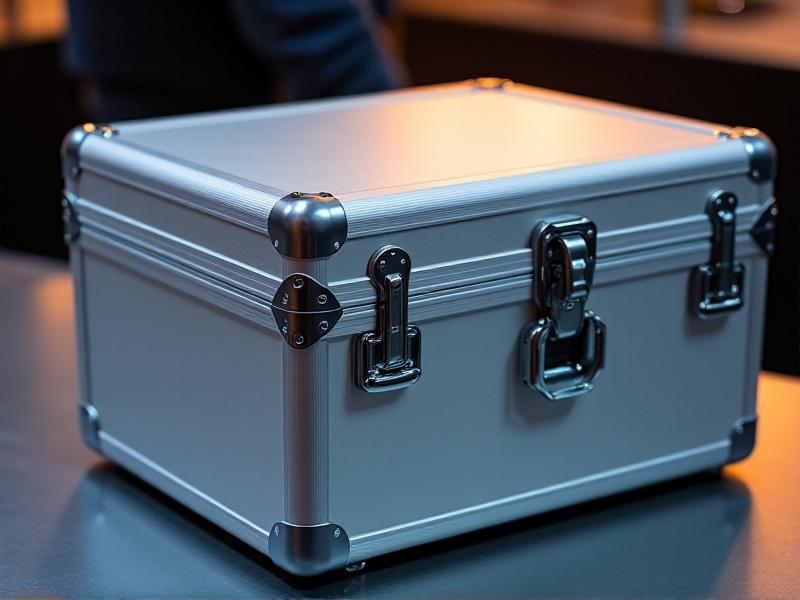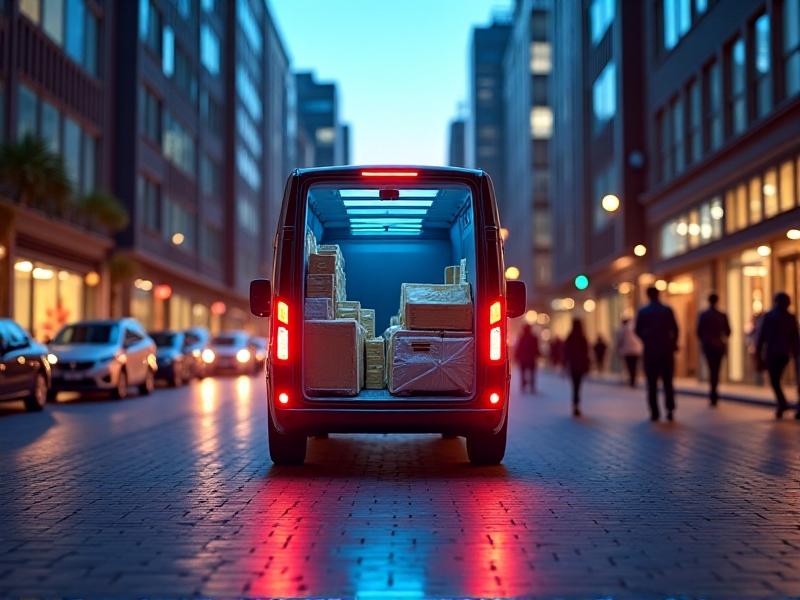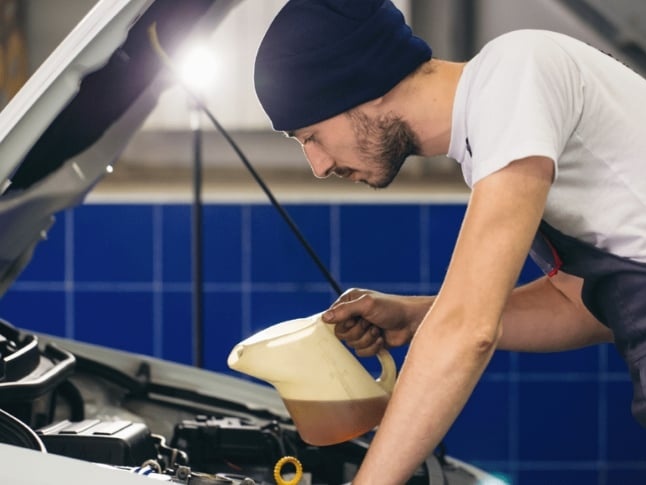Full Coverage Car Insurance: Build Your Perfect Auto Policy
Not sure what "full coverage" vehicle insurance means? This word isn't really an industry standard; it's just a concise way of saying a group of coverages. Learn what full auto insurance really covers, how to make a policy that really protects you on the road, and why the appropriate coverage is more important than the name it has.
1. Understanding Full Coverage Car Insurance
"Full coverage" automobile insurance isn't a real word used in the insurance business. Instead, it usually means an insurance that includes both liability coverage (which is needed in most states) and comprehensive and collision coverage.
This mix protects both your car and any harm you might do to other people's cars. When you look for car insurance, you won't see "full coverage" as an option. Instead, you'll see different types of coverage that you may choose from based on your needs.
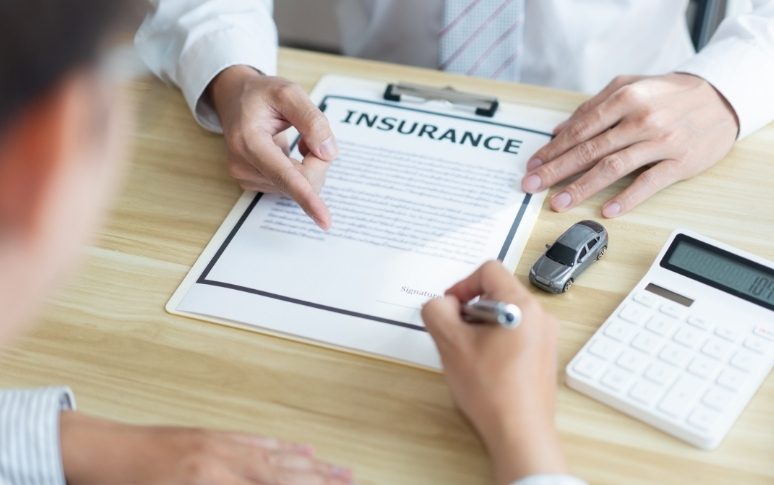
2. The Foundation: Liability Coverage
Almost all car insurance policies in the United States must include liability coverage. This coverage includes bodily injury liability, which helps pay for someone else's medical bills if you cause an accident, and property damage liability, which pays for damage you do to someone else's property.
Every state has a minimum amount of liability that must be met. This is usually shown as three digits that show the limitations of coverage. For example, 25/50/10 implies $25,000 per person for bodily injury, $50,000 per accident for bodily injury, and $10,000 for property damage.

3. Protecting Your Vehicle: Comprehensive Coverage
Comprehensive coverage protects your car from damage that isn't caused by hitting another car. This important protection covers things that are out of your control, like theft, vandalism, fire, natural disasters, falling objects, and animals hitting you.
Comprehensive coverage would kick in after you pay your deductible if a tree falls on your parked car during a storm or someone breaks your window to steal things. Lenders usually want financed or leased vehicles to have full coverage to protect their money.

4. When Accidents Happen: Collision Coverage
Collision coverage will pay for repairs to your car after an accident, no matter who is at blame. This coverage kicks in if you strike another car, a fence or post that isn't moving, or if your car flips over.
When you have collision coverage, you have to choose a deductible, which is the amount of money you'll have to pay out of your own pocket before the insurance company pays. Higher deductibles usually equal lower premiums, but they also mean you might have to pay more out of pocket if you have to submit a claim.
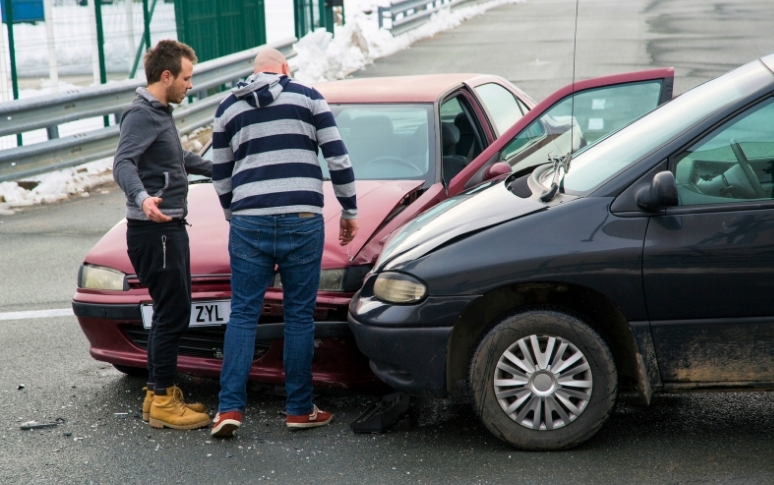
5. Protection from Uninsured Drivers
Uninsured and underinsured motorist coverage is an important way to protect yourself from drivers who don't have enough insurance. Even though it's against the law to drive without insurance, about 12% of American drivers still do.
This coverage helps pay for your medical bills if you get hurt by a driver who doesn't have insurance. Underinsured motorist coverage also applies when the driver who caused the accident has insurance, but not enough to pay your costs.
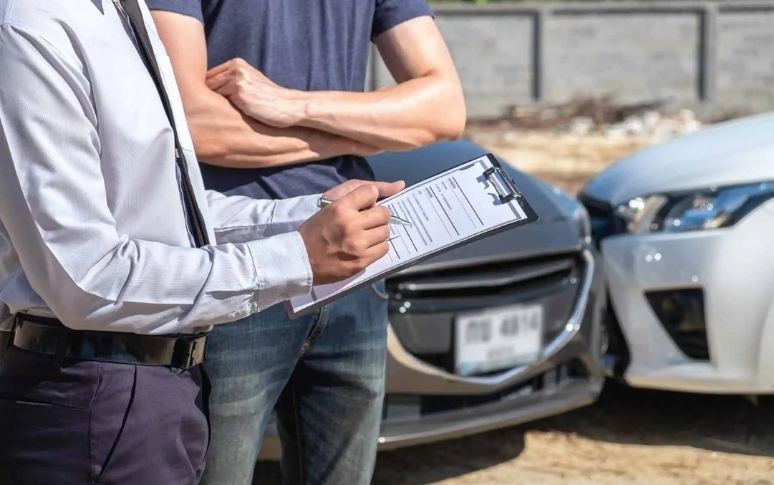
6. Medical Coverage Options
Med Pay, or medical payments coverage, pays for your and your passengers' medical bills following an accident, no matter who was at fault. This insurance can assist pay for things like ambulance rides, hospital stays, surgery, X-rays, and other medical care.
Some states offer or mandate personal injury protection (PIP) instead of Med Pay. PIP covers more than just medical payments; it may also cover missed income, childcare fees, and funeral costs.
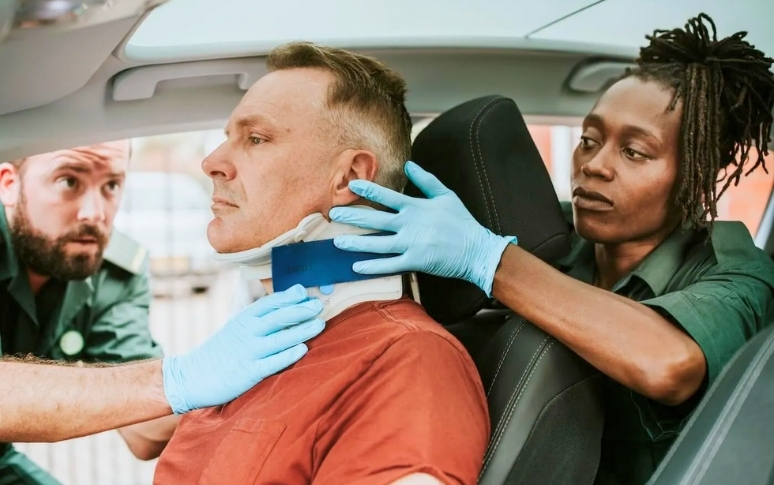
7. Additional Coverages Worth Considering
There are a number of extra options that might make your coverage even better. Rental reimbursement coverage pays for a rental car while yours is being fixed after a covered claim, usually up to a certain daily and total amount.
If you break down, get a flat tire, run out of battery, or get locked out, roadside assistance coverage will aid you. If your automobile is totaled, gap insurance pays for the difference between what you owe on your auto loan and what the car is worth in cash.
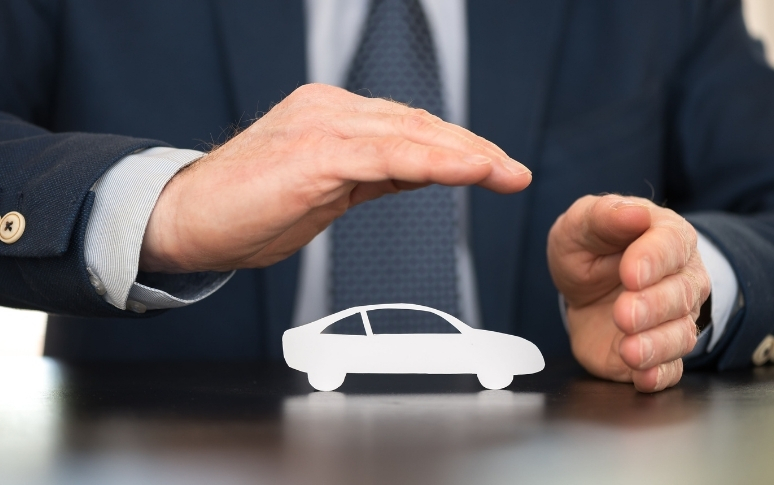
8. Factors Affecting Your Insurance Costs
There are several things that affect the price of full vehicle insurance besides the coverages you choose. Your driving history has a big effect on your premium. Accidents and traffic offenses usually mean higher rates. The type of car also matters; cars that are pricey, have a high theft rate, or have bad safety ratings usually cost more to insure. Your age, location, credit score, and annual mileage are all personal considerations that determine the price.
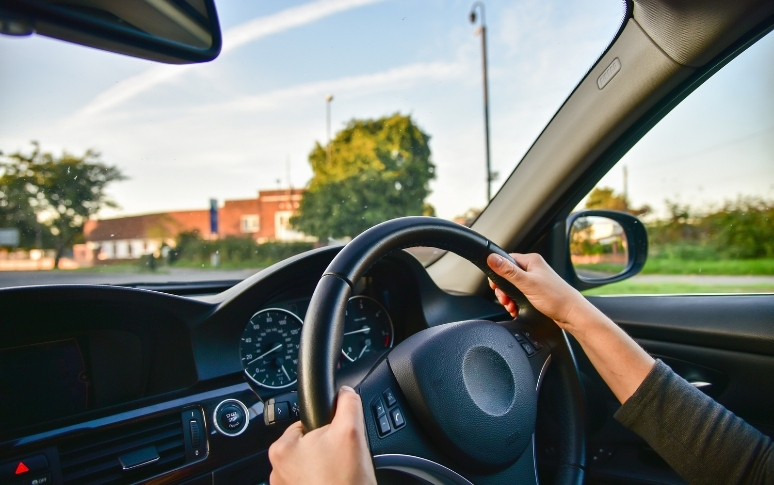
9. Customizing Your Perfect Policy
To get the best vehicle insurance policy, you need to find a balance between good coverage and low costs. First, learn what your state requires at the very least. Then, think about your own money and property. Higher liability limits make sense if you have a lot of money or property to protect.
Comprehensive and accident coverage is crucial protection for modern cars, even though it is not required. Lastly, to get the greatest deal for your needs, compare estimates from several insurance companies that offer the same coverage options.
